Shino Sake Cup by Yanashita Hideki
Shino Sake Cup by Yanashita Hideki
Couldn't load pickup availability
Width 8.2cm x Height 6.4cm
The Shino Sake Cup by Yanashita Hideki is a small masterpiece that inherits the spirit of Shino ware, which can be said to be the pinnacle of Momoyama pottery, while adding its own unique beauty to the design. In particular, the design of the "split foot" that was deliberately incorporated acts as a visual device that quietly intertwines the classic and the modern, sharpening the senses of the viewer. This sake cup is filled with the atmosphere of Shino, living in the "present," while making the most of the warmth of Mino clay and the rich expression of Shino glaze.
The origins of Shino ware and its place in Mino pottery
Shino ware is a particularly important technique among Mino ware, and was the first pottery in Japan to be established as pottery with a predominantly white color. Its origins date back to the late 16th century, at the end of the Azuchi-Momoyama period. During this period, tea ceremony culture spread to samurai society under Oda Nobunaga and Toyotomi Hideyoshi, and in Mino (present-day Gifu Prefecture), innovative pottery centered on tea ware was produced one after another, along with Setoguro, Kiseto, and Oribe. Among them, Shino ware is said to have begun when tea master Shino Soshin of the Muromachi period requested it of a Mino potter, and it is said that it was originally called "Shino Tenmoku." The establishment of Shino ware is deeply related to the aesthetic sense of Higashiyama culture, Zen philosophy, and unique Japanese aesthetics such as "wabi-sabi." Shino ware occupies a unique position in the history of Japanese pottery as it is the first authentic white pottery created by Japanese hands, rather than being a copy of Chinese ceramics such as white porcelain or celadon.
Moxa clay and Shino glaze—What the texture of white tells us
The "moxa clay" used for the base of Shino ware is a white clay with a slight purple hue that is low in iron, unique to the Mino region. This clay is highly fire-resistant and does not harden easily when fired, giving it a simple yet elegant texture. A feldspar glaze called "Shino glaze" is applied to this. Feldspar is crushed and refined, and applied thickly and generously to create a plump, thick glaze surface, and the shrinkage and fluctuations that occur during firing create a beautiful appearance. The glaze surface naturally features fine irregularities like the skin of a yuzu fruit, known as "yuzuhada," and finely grained "kannyu," and depending on the viewing angle and amount of light, soft shadows spread across the entire vessel.
Additionally, on the rim and parts of the body, where the glaze is thin, reddish firing marks known as "hi-iro" (fire color) appear, creating an atmospheric scene in which the memory of flames is engraved into the white.
The spirit of "Ukagaki", the pinnacle of Japanese pottery
One of the most well-known Shino ware pieces is the National Treasure "Shino Tea Bowl, Inscribed Unohanagaki" housed at the Mitsui Memorial Museum of Art. This tea bowl is the only Japanese tea ware designated as a national treasure, along with Honami Koetsu's "Fujiyama," and is considered the pinnacle of Shino ware. Its appeal lies in the color of the iron painting pattern, the soft texture of the glaze, and the delicate changes in the color of the fire, making it one of the vessels that most succinctly expresses the spirit of the tea ceremony, "wabi-sabi." Yanagishita Tokiki's "Shino Sake Cup" also follows this spirit of Shino, but is fired in a different form, as a sake vessel.
The playful design of the split platform
Another noteworthy feature of this piece is the unique design of the legs, known as a "wari takadai." The structure, which looks as if part of the circular takadai has been cut off, is a bold design not often seen in tea pottery, and while it intentionally disrupts the visual balance of the vessel, it still firmly maintains its independence. This aesthetic of "shifting" is an expression unique to the contemporary artist Yanagishita Tokiki, and is also a quiet challenge to breathe newness into the classics. The takadai, which gives a different impression depending on the viewing angle and how it is placed, gives the vessel a dynamic appeal and a poetic aftertaste.
A white landscape that develops with use
The more you use a Shino ware sake cup, the more its appearance changes.
As the sake soaks into the crazing in the glaze and reacts to changes in temperature and humidity, the vessel "grows" little by little. Subtle changes that were not visible when the vessel was new suddenly appear during daily evening drinks, bringing new discoveries and inspiration to the user each time. This is a form of beauty that teaches us that vessels are not "finished products," but "living beings" that change over time. Yanagishita Tokiki's Shino Sake Cups are just that kind of "vessel that matures with the accumulation of time," quietly fitting into the lives of those who use them.
Inheriting the history of Shino, pottery that lives on in the present
Shino Sake Cups have their roots in the pottery culture of Mino, which was born at the end of the 16th century, but have been reconstructed to suit modern lifestyles and aesthetic sense; they are truly "Shino that lives in the present." They are not simply a continuation of the classics, but are quietly innovative vessels that are infused with Yanagishita Tokiki's unique sensibility in the design and firing, while facing the traditional spirit and materials.
Old yet new. Rough yet gentle. Simple yet precise.
The essence of Shino pottery is beautifully brought to life in this small sake cup.
Hideki Yanashita Profile
Ceramicist 1967 –
Born in Tokyo, Yanagishita is currently based in Iga, Mie Prefecture. Fascinated by pottery from the Momoyama period, he embarked on the path of ceramics. After training in Shigaraki, he built his own anagama kiln in Iga, Mie Prefecture, and opened the Kanda Kiln. Under the tutelage of Sadamitsu Sugimoto, Yanagishita has been creating a wide variety of works , including Raku ware, Yakishime, Ido, and Oribe, while deeply exploring the world of wabi-sabi from his own unique perspective. An important theme in Yanagishita's creations is the quest for new heights , born from the incorporation of modern materials and unique approaches while deeply studying the techniques and spirit of his predecessors. His works question essential beauty that is timeless, and invite the viewer into a deeper world of art.
Base of operations : Iga, Mie Prefecture
Share
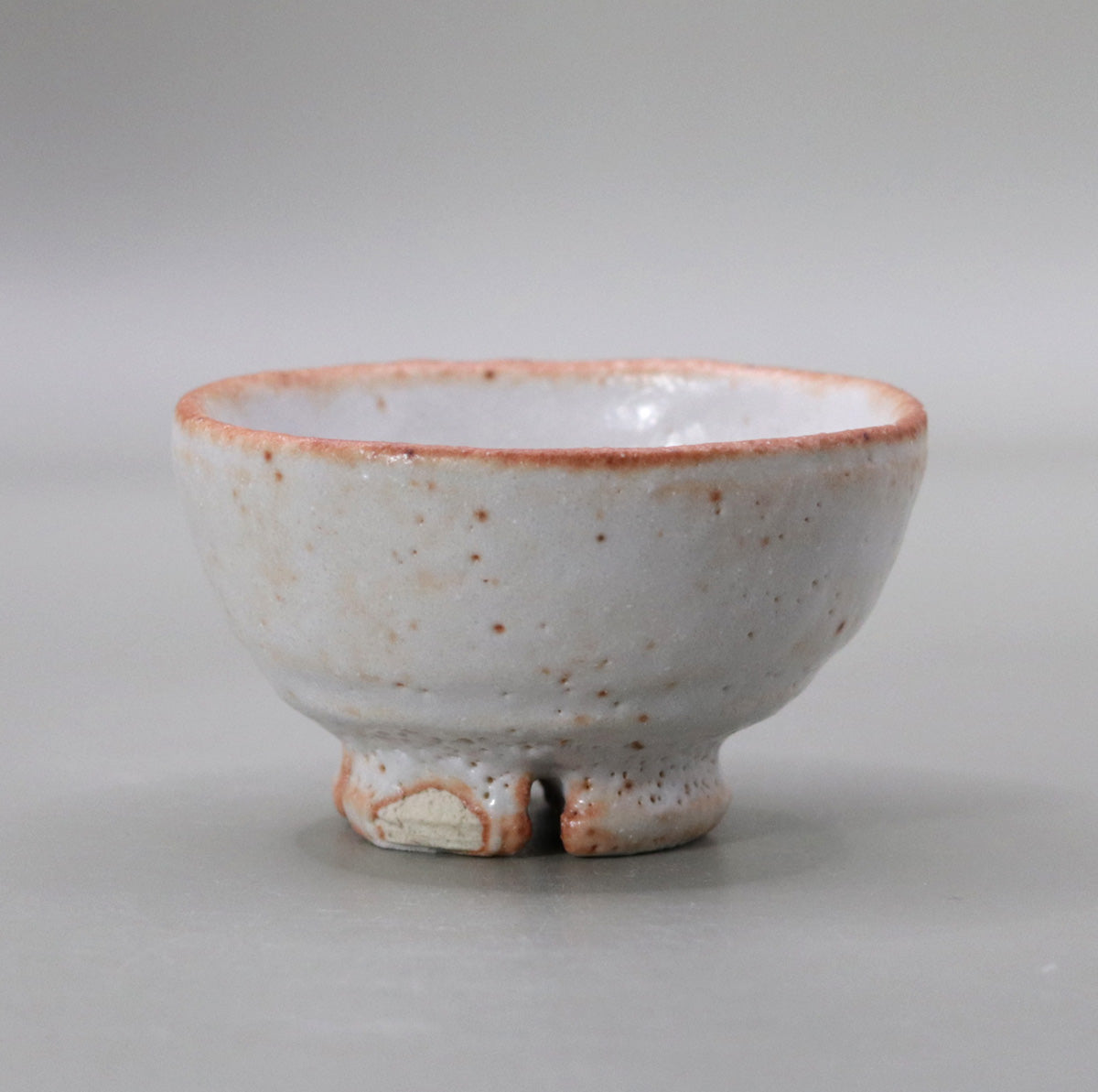
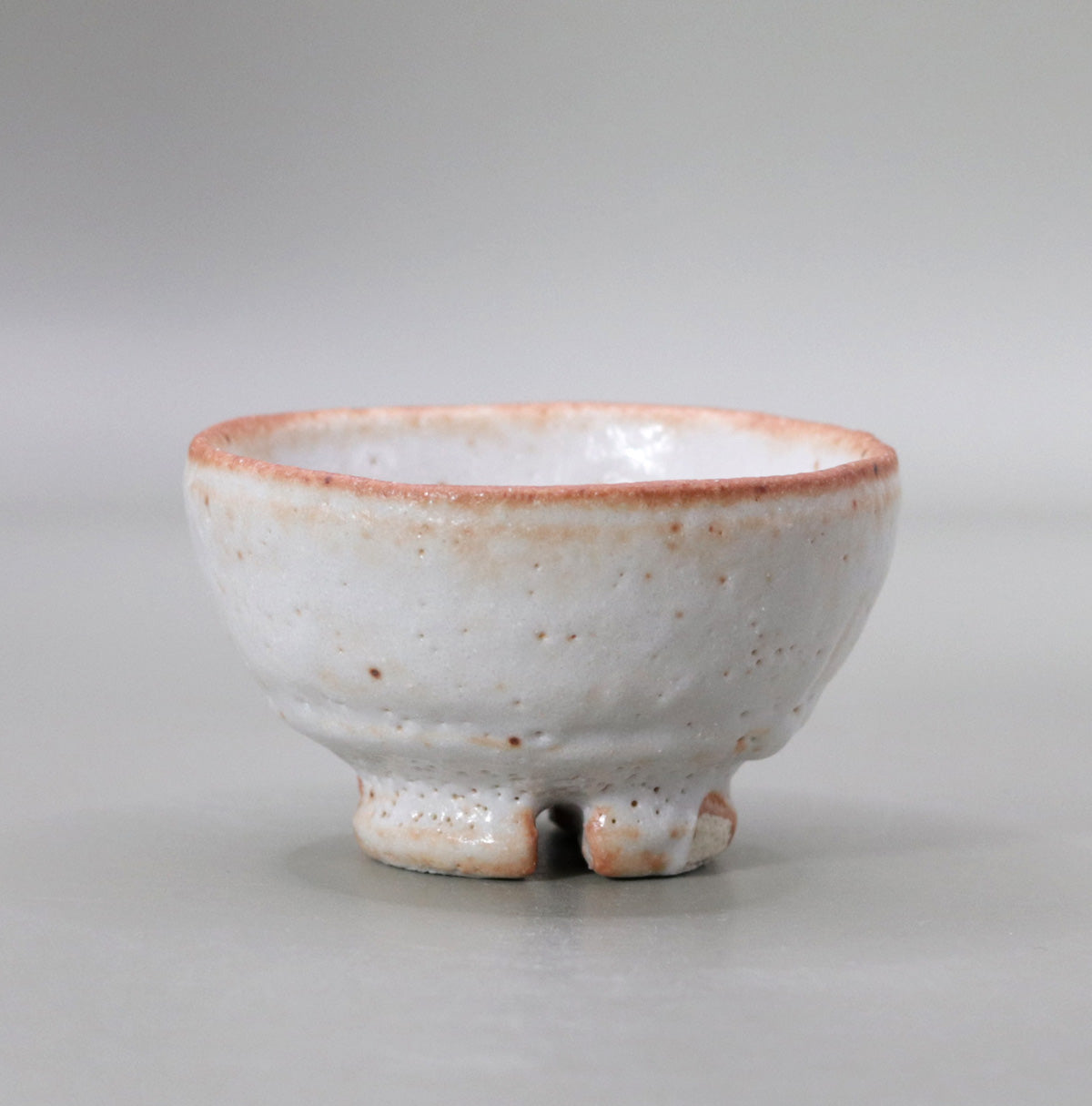
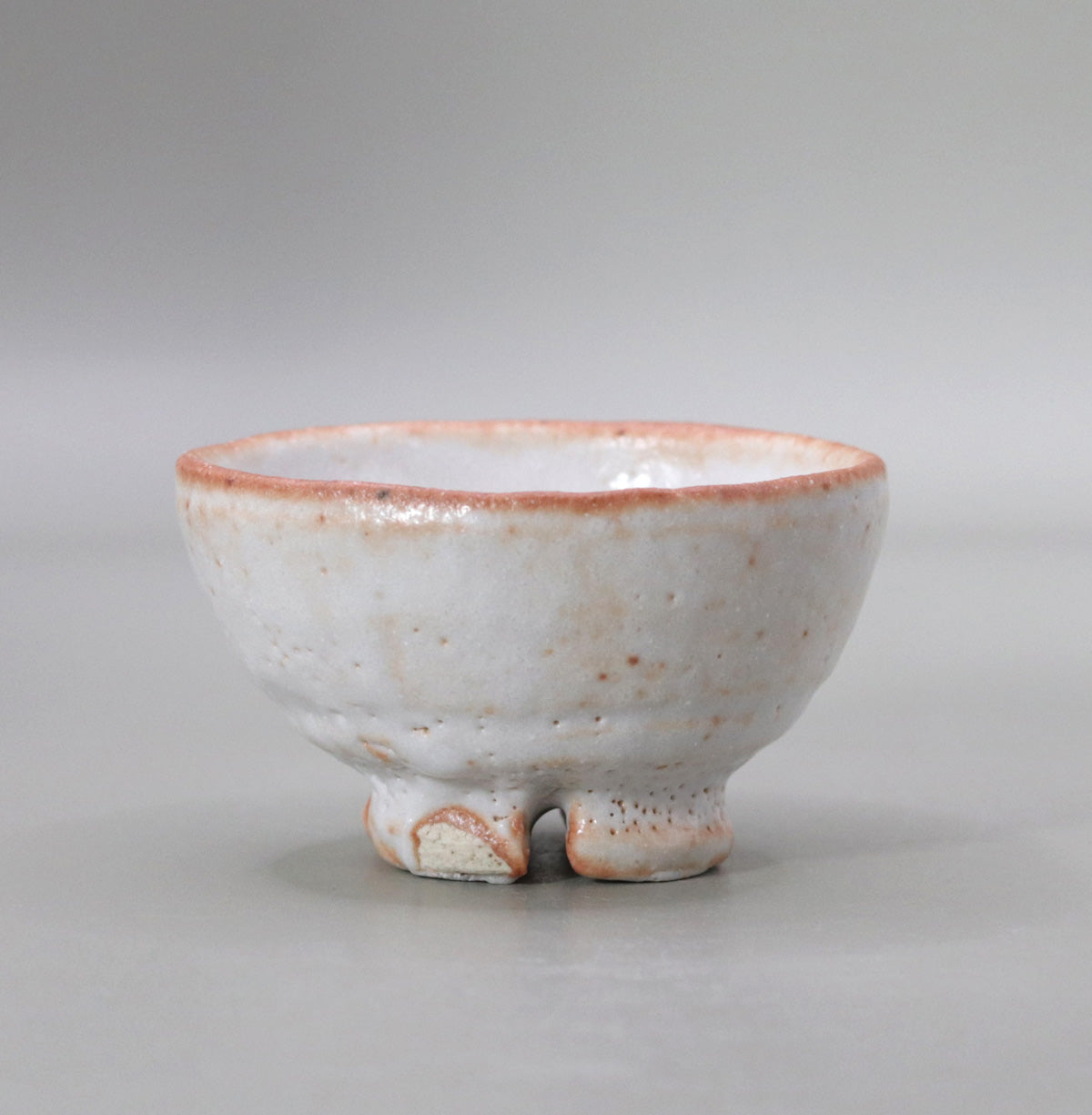
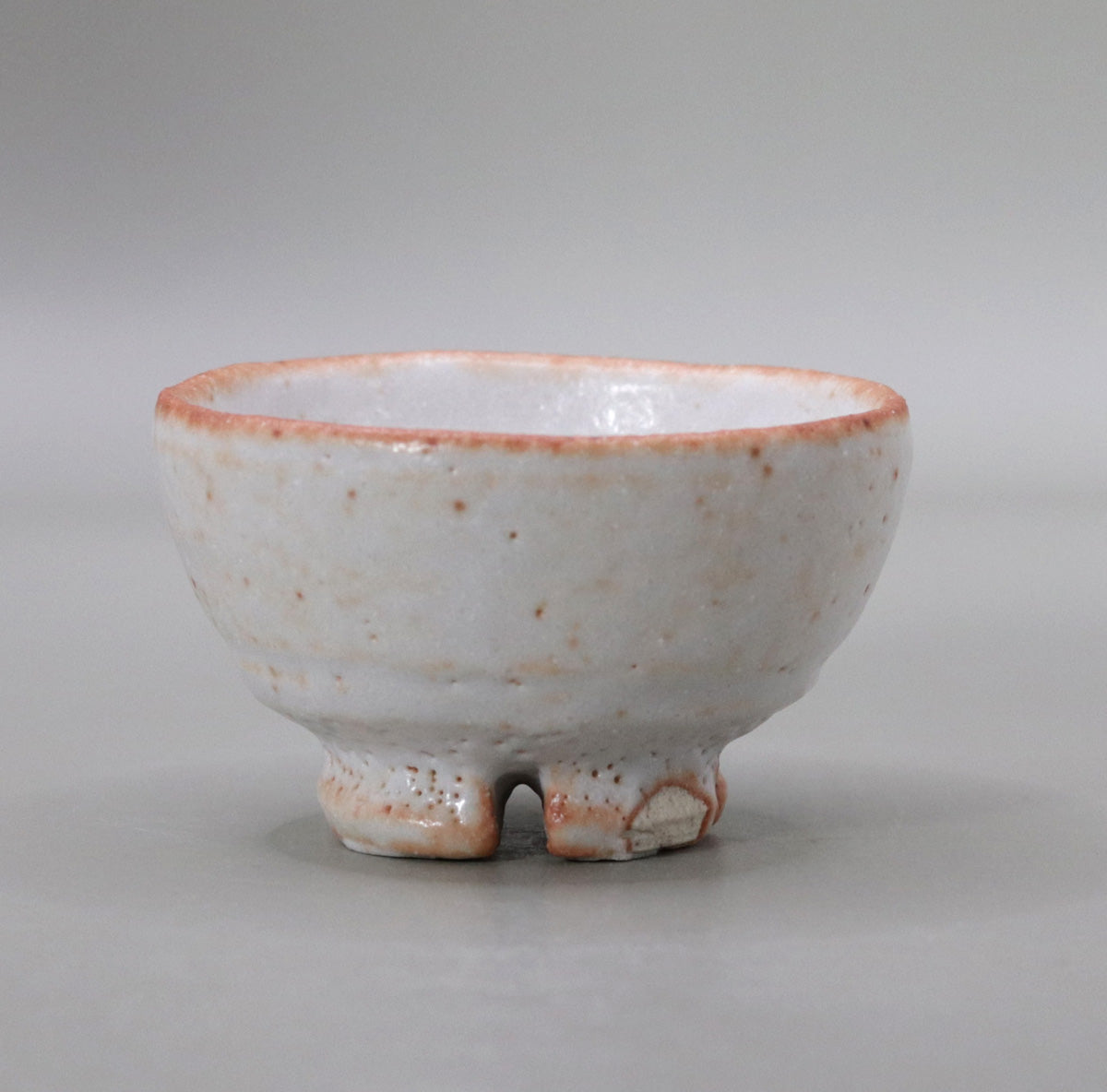
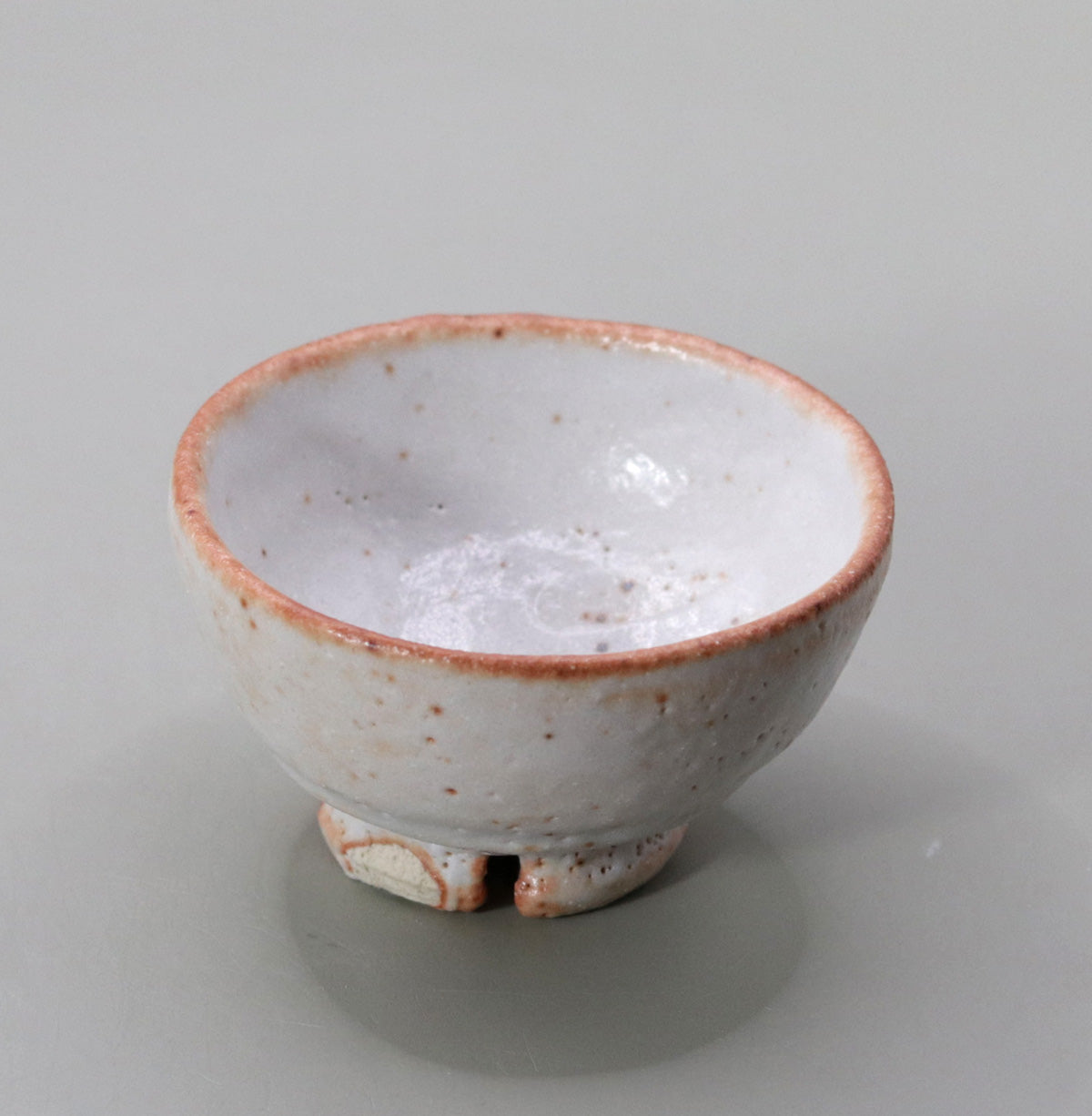
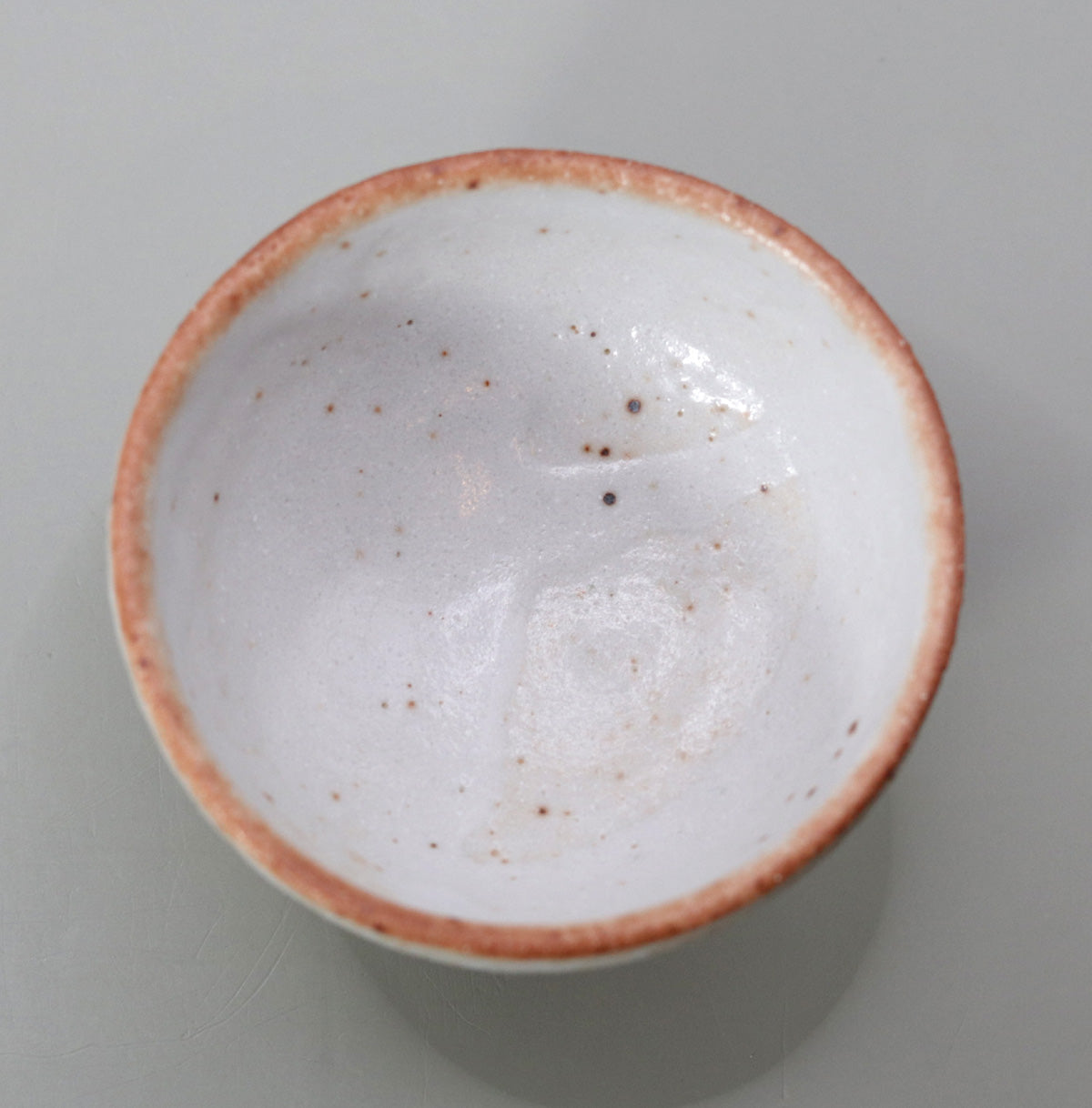
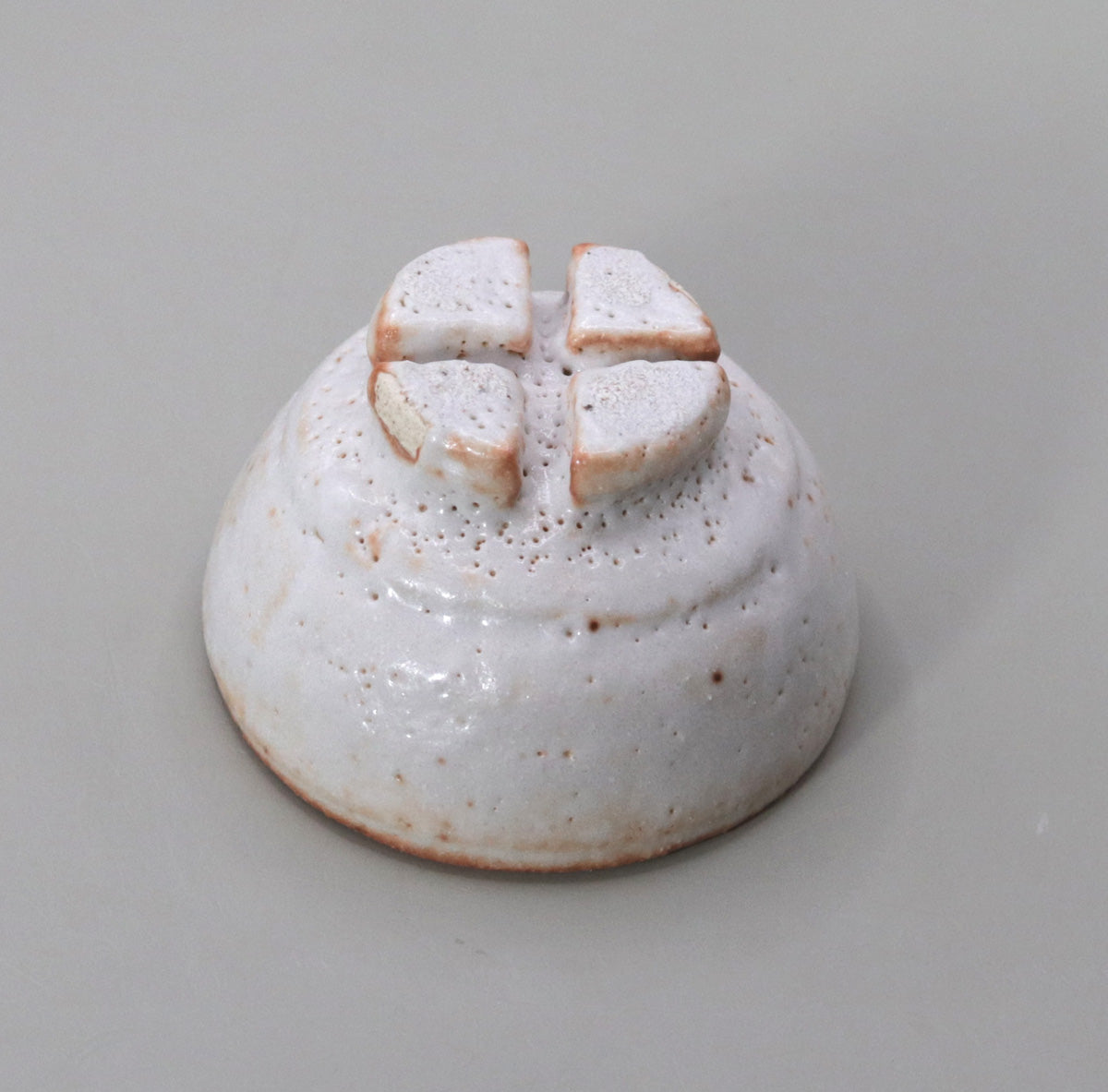
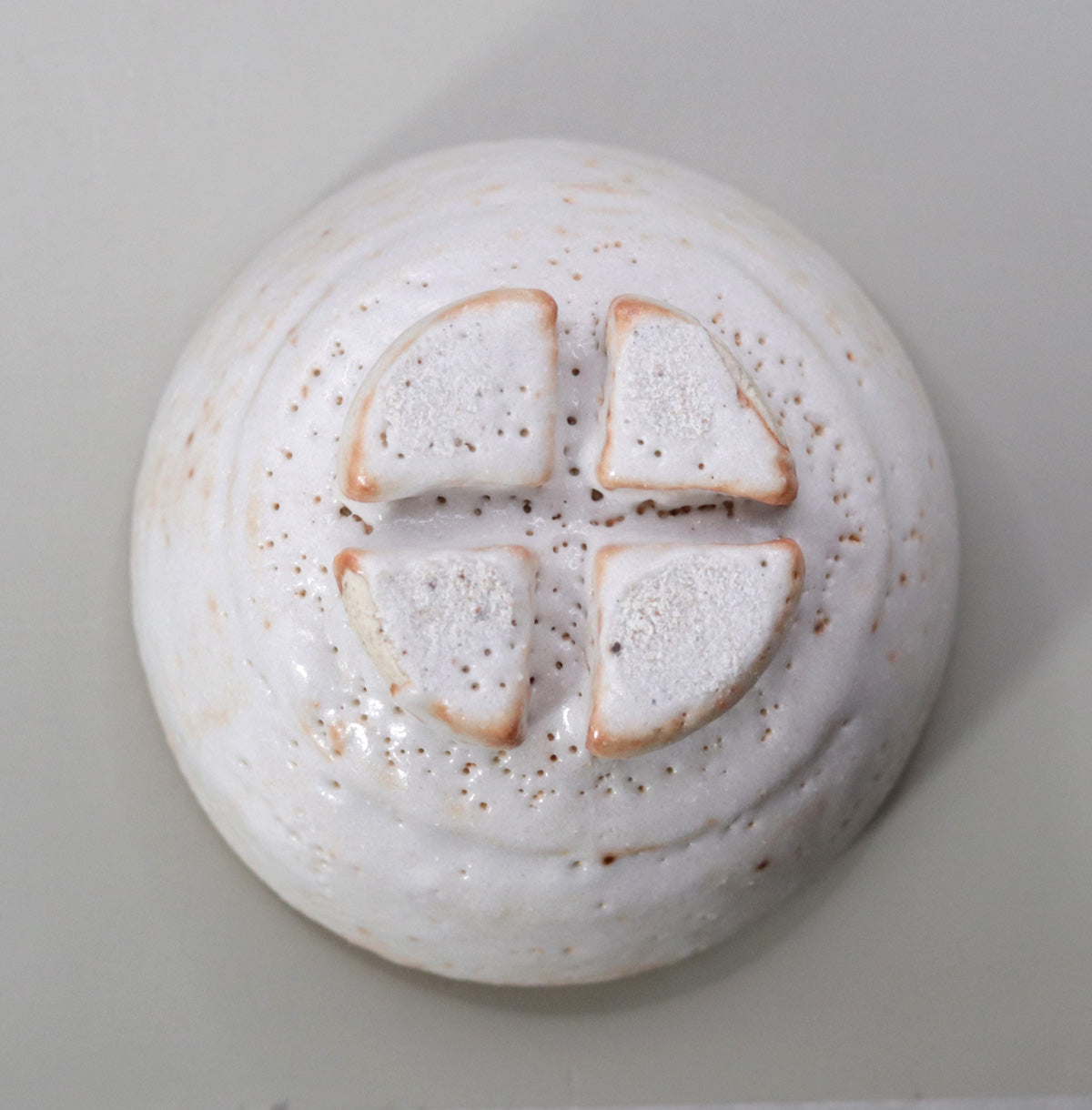
Multi-Column
-
[I will send it to you quickly and carefully]
We carefully package each product in a way that suits it best.
Also, delivery times vary depending on the piece (vessel, etc.).
Items that already come with a box will be shipped within 1-3 days of the order date.
For items that require a box to be made after your order, it will take approximately 30 days for production to be completed and then shipped.
In either case, once we have confirmed your order, we will contact you by email to inform you of the delivery date.
-
[Requests when purchasing pottery]
Even products that look the same may differ slightly in color, shape, size, etc.
The way the glaze is used, the power of the kiln, the firing method, the season, and the humidity also affect the appearance of the pottery.
Please understand the individuality of each piece of pottery and enjoy the unique warmth of handmade.








